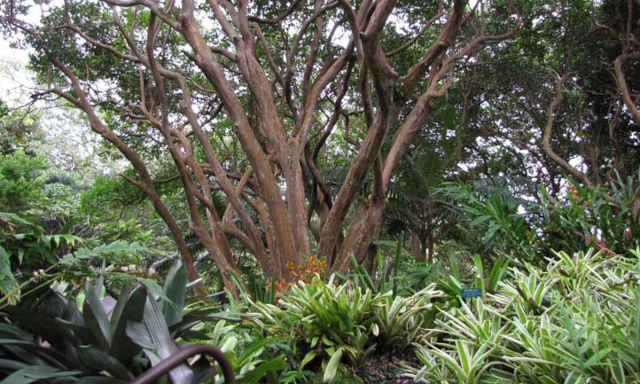Now that we have an abundance of solar energy, we could probably heat the house with electric resistance heating or a heat pump. But our heating needs our minimal (our makai neighbors — who moved here from Florida — don’t have any heat at all). I also like the look and sound and smell of a wood fire. Perhaps more important, we have acreage in a tropical mist forest and stuff just grows and grows and grows. We have to keep parts of our property cleared, and we’re aiming to clear the more invasive species (I’m looking at you, strawberry guava) to make space for more established native species such as ‘ōhi’a and kukui.
So… we like fires, and by burning our wood we release carbon that was, after all, sequestered on our property in the first place and not harvested for fuel. In fact, there is such a glut of guava wood here that there are no avenues for re-use.
I have declared my goal, though, to be that we would burn nothing for energy. We’re transitioning everything in our energy-consuming lives to electricity, and getting 100% of our electricity from sunlight. Burning wood absolutely violates this directive, but the carbon cost of doing so is net zero (and by some very simple math, not the eye-glazing shell game used to justify things like “carbon offsets”). We won’t be burning anywhere near the amount of wood we have to dispose of anyway, and at least one expert feels this has no net negative impact on the climate.
For now, then, we’ll enjoy the occasional fire in our woodstove.

For an interesting look at using clean-source electricity to address climate issues, I strongly recommend Saul Griffith’s Electrify: an optimist’s playbook for our clean energy future.
—2p